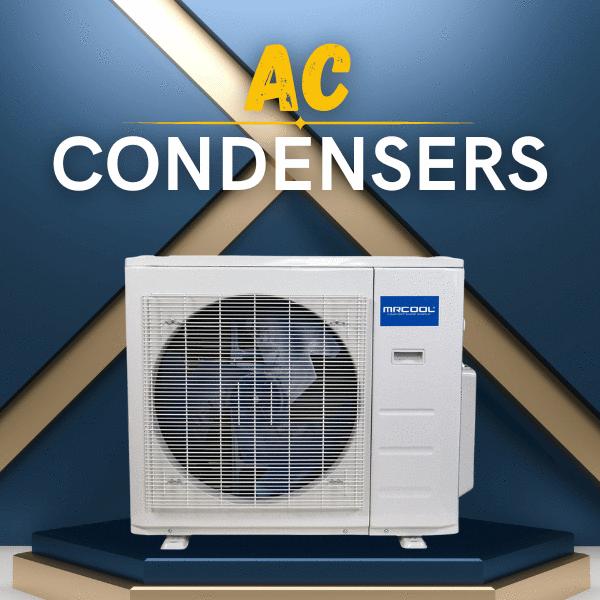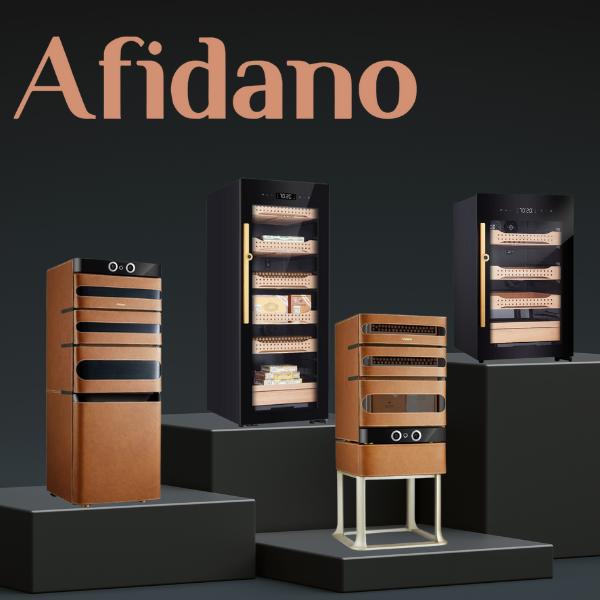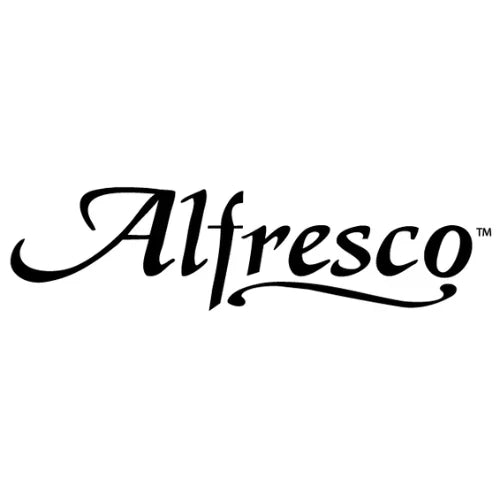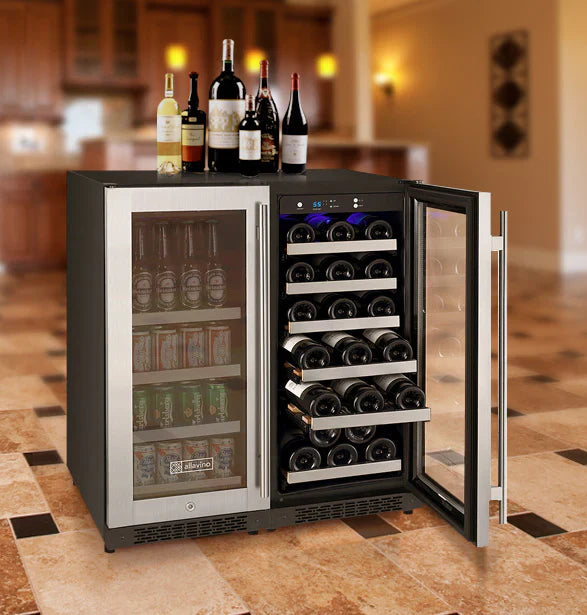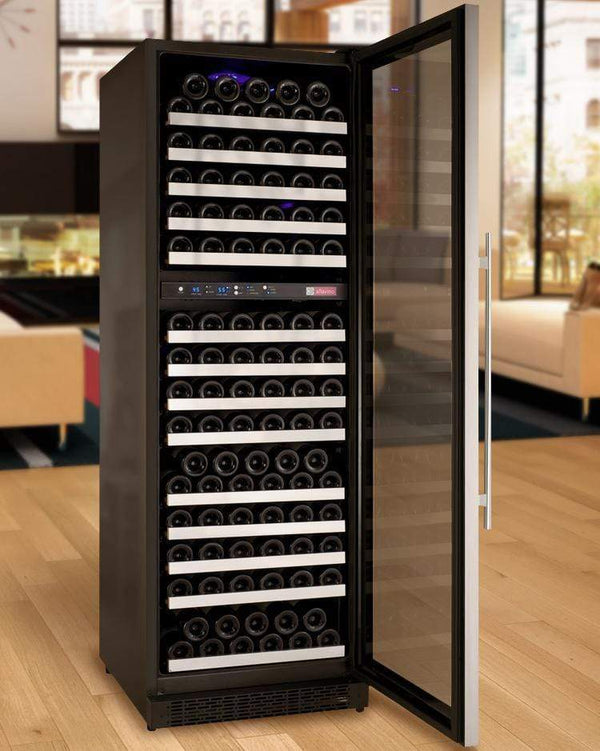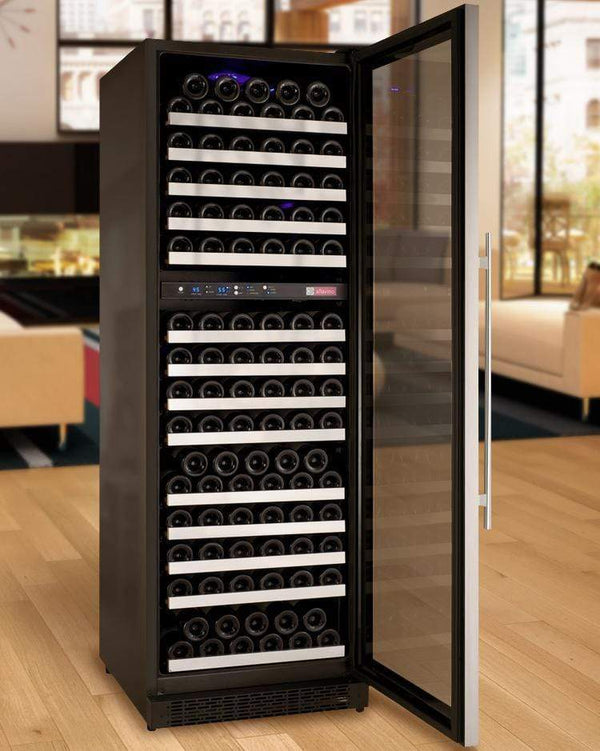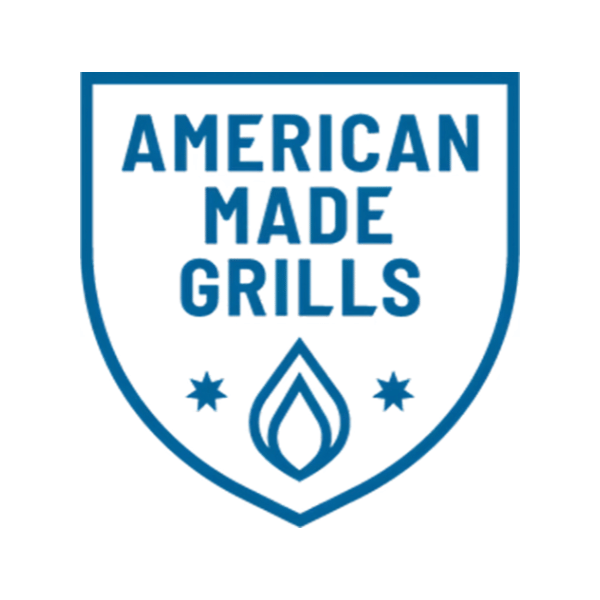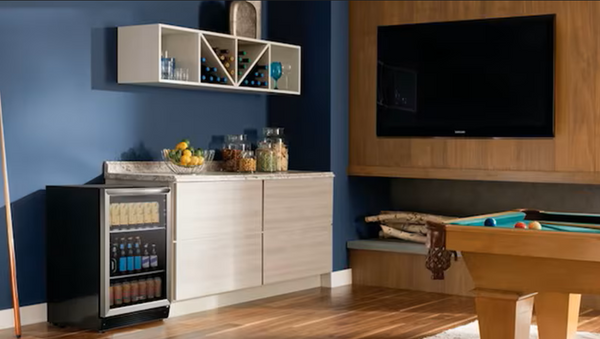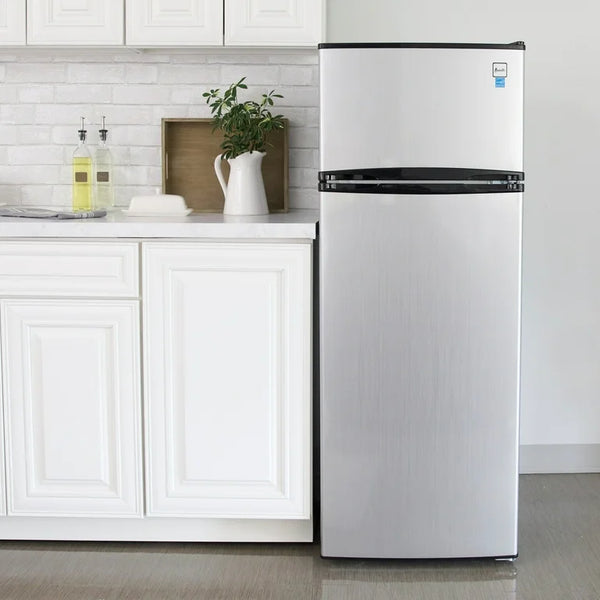Understanding Freezer Burn and Choosing the Best Freezers
Why Investing in a Quality Freezer Matters for Your Food and Lifestyle
By Jim Hopper, Wine Cooling Expert
If you love to stock up on food, prepare meals ahead of time, or make the most of grocery deals, a reliable freezer is essential. Just as beverage centers keep your drinks perfectly chilled and wine coolers protect your prized bottles, a quality freezer preserves your food’s freshness—and saves you money over time.
Want to understand how freezers compare to wine coolers and beverage centers? Read our guide to the differences between wine coolers, beverage centers, and refrigerators.
As someone who’s helped countless customers design their dream wine cellars and home kitchens, I’ve seen firsthand how the right freezer can transform your food storage and meal planning. Whether you’re hosting a big holiday dinner, buying meat in bulk, or simply want to avoid last-minute grocery runs, a freezer gives you the flexibility and peace of mind you need.
If you’re looking for a comprehensive checklist on what to consider before buying, check out our Freezer & Beverage Center Buying Guide.
But does freezing affect the quality and taste of your food? And how do you choose the best freezer for your needs? Let’s break it all down.
Our Expertise & How We Chose the Best Freezers

As a wine cooling and food storage specialist with over a decade of experience, I’ve spent countless hours evaluating refrigeration appliances—including freezers of all types and sizes. My recommendations are based on:
- Direct product testing: I’ve personally used and evaluated a variety of freezers in both home and commercial settings, assessing factors like temperature consistency, storage flexibility, noise, and ease of use.
- Customer experiences: I regularly gather feedback from clients and customers about their long-term satisfaction, reliability, and any issues encountered.
- Technical specifications: Each model was compared for energy efficiency, build quality, and unique features.
- Industry reviews: I cross-referenced trusted third-party reviews and performance data to validate my findings.
While I strive for hands-on experience with every product, some recommendations are also informed by extensive research and feedback from trusted sources in the appliance industry. My goal: provide honest, practical advice to help you find a freezer that fits your space, budget, and lifestyle.
Understanding Freezer Burn
Freezer burn is a common concern for anyone storing food long-term. It’s caused by dehydration on the surface of frozen food due to air exposure, usually from frequent opening, inconsistent temperatures, or overloading the freezer.
Signs of freezer burn:
- Ice crystals or whitish splotches on food
- Discoloration or dry spots on meat and fish
Is it safe?
Freezer burn won’t make you sick—it’s simply moisture loss. However, it can impact food texture, taste, and nutritional value.
How to prevent freezer burn:
- Keep your freezer at or below 0°F (-18°C)
- Avoid overstuffing; freeze about 3 lbs of fresh food per cubic foot at a time
- Limit how often you open the door
- Store food in airtight containers or heavy-duty freezer bags
- Label and date your food to ensure nothing gets forgotten
Pro tip:
Whenever I prep meals in advance, I label everything with the date and contents. It makes it easy to find what I need and prevents those mystery packages from lingering in the back.
Types of Freezers: Which One Fits Your Needs?
Choosing the right freezer depends on your space, storage needs, and lifestyle. Here are the three most common types:
Chest Freezers
Wide and top-opening, chest freezers offer plenty of storage for bulky items. They’re ideal for large cuts of meat, bulk groceries, or anything you want to keep for months at a time.
Best for:
- Long-term storage
- Bulk buyers
- Families who prep or entertain frequently
While chest freezers offer generous storage, their deep, top-opening design can make it challenging to access items at the bottom. Food can easily get buried or forgotten, turning your freezer into a treasure hunt whenever you need something specific. If you often store a variety of items, be prepared to dig through layers to find what you need.
Placement tips:
Chest freezers require more floor space and are often kept in garages, basements, or utility rooms. Ensure the area stays above freezing, as extreme cold can cause some freezers to shut off or malfunction. Always measure your available space—including doorways and hallways—before purchasing. Chest freezers are typically utilitarian in design and may not blend seamlessly into living spaces. Lighter-colored models, especially white, can show dirt and grime more easily around handles and lids, requiring more frequent cleaning if appearance is a concern. If you plan to keep your chest freezer in a garage or basement, be aware that some models may not function properly in very cold environments. In extreme cold, certain freezers can actually shut off, risking food spoilage. Check the manufacturer’s guidelines for recommended operating temperatures.
Keep in mind that chest freezers require a significant amount of floor space and a dedicated spot in your home. They may not be practical for small apartments or homes with limited utility areas. Always measure not just your intended location, but also doorways and hallways to ensure hassle-free delivery and installation.
Upright Freezers
Upright freezers look like refrigerators, with shelves and a front-opening door. They’re perfect if you want easy access and better organization.
Best for:
- Smaller spaces
- Those who want to see everything at a glance
- Frequent access to a variety of items
Undercounter Freezers
Undercounter Freezers fit beneath kitchen counters, making them great as a backup or for smaller households.
Best for:
- Apartments or condos
- Supplemental storage
- Easy integration into kitchen layouts
If you’re also looking to store wine at the perfect temperature, check out our Best Wine Fridges for top recommendations.
Pros and Cons of Freezer Types
| Type | Pros | Cons |
|---|---|---|
| Chest Freezers | - More space - Energy efficient - Keep food frozen longer - Less likely to cause freezer burn | - Take up more floor space - Harder to organize - Items can get buried - Manual defrosting required |
| Upright Freezers | - Easier organization - Adjustable shelves - Smaller footprint | - Slightly less energy efficient - More prone to temperature fluctuations |
| Undercounter | - Space-saving - Fits seamlessly in kitchens | - Smaller capacity - Limited to available undercounter space |
Most chest freezers require manual defrosting, which can be a hassle. You’ll need to periodically empty the freezer, unplug it, and wait for ice to melt before cleaning. This process can be time-consuming and inconvenient, especially if you use your freezer often.
Real talk:
I’ve used all three types over the years. Chest freezers are unbeatable for storage, but be ready to dig for that last bag of frozen berries. Their open design means items can easily get lost or buried, and most models require manual defrosting. Uprights are great for everyday convenience, especially if you’re short on space.
How to Organize and Maintain Your Freezer
A freezer can quickly become a black hole if you’re not careful. Here are my tried-and-true tips for keeping things tidy and maximizing freshness:
- Label and date everything: Use freezer tape or a marker directly on bags.
- Group similar items: Store meats, veggies, and prepared meals in separate sections or baskets.
- Rotate your stock: Place newer items at the back and move older ones forward.
- Don’t ignore cleaning: Defrost and clean your freezer every 6–12 months, or whenever ice builds up. Unplug, remove contents, let ice melt, and wipe down with a mild cleaner.
- Use baskets or bins: Especially in chest freezers, baskets help prevent items from getting lost at the bottom.
Quick tip:
Whenever I’m prepping for a big holiday meal, I create a freezer inventory list. It saves me from buying duplicates and ensures nothing gets forgotten.
For example, I once spent twenty minutes hunting for a bag of frozen peas that had slipped beneath a stack of roasts and bulk vegetables. By the time I found it, I’d practically emptied the freezer! If you’re not careful, it’s easy for food to get buried and forgotten, leading to waste.
How to Choose the Right Freezer Size
Selecting the right size saves you money and frustration. Here’s a quick guide:
- 1–2 people: 5–7 cu. ft.
- 3–4 people: 8–14 cu. ft.
- Large families or bulk storage: 15+ cu. ft.
Tip:
If you buy in bulk or freeze whole turkeys or large roasts, err on the larger side. Measure your available space before you buy!
11 Best Freezers for Every Home
With countless models on the market, it can be hard to know where to start. Here are 11 top picks—covering a range of sizes and styles—to help you find the perfect fit for your home or business:
Chest Freezers
Summit Commercial 18 cu. ft. Chest Freezer SCFM182

UL-S listed for commercial use, this chest freezer features a durable hammered aluminum interior, manual static cooling, and an adjustable thermostat. Stainless steel corner guards and casters add protection and mobility. Includes two removable wire baskets.
Dimensions: 33.25" x 65.0" x 28.63"
Capacity: 18.0 cu.ft.
Temperature Range: -22 to 10.4ºF
Summit Commercial 7 cu. ft. Chest Freezer SCFM62

Durable, with a removable basket and front defrost drain. Great for mid-sized families or as a secondary freezer.
Dimensions: 32.0" x 38.5" x 22.13"
Capacity: 7.0 cu.ft.
Temperature Range: -22 to 10.4ºF
Upright Freezers
Whynter 13.8 cu.ft. Energy Star Digital Deep Freezer/Refrigerator UDF-139SS

Energy-efficient, frost-free upright freezer with digital controls, temperature memory, and flexible storage options.
Dimensions: 62” x 28” x 30”
Capacity: 13.8 cu.ft.
Temperature Range: -11°F to 10°F
Whynter 3.0 cu. ft. Energy Star Upright Freezer CUF-301BK

Compact, energy-efficient upright freezer with fast-freezing coil shelves and reversible door.
Dimensions: 34” x 20” x 21”
Capacity: 3.0 cu.ft.
Temperature Range: -11° to 10.4°F
Whynter Energy Star 1.1 cu. ft. Upright Freezer CUF-112SS

Ultra-compact, energy-efficient freezer with a lock, removable shelf, and reversible door.
Dimensions: 19.5″ x 18.5″ x 17.7″
Capacity: 1.1 cu.ft.
Temperature Range: -10° to 2°F
Undercounter & Specialty Freezers
Summit Commercial Compact All-Freezer SCFU386CSS

A compact, stainless steel all-freezer with a glass door, key lock, and LED light. Perfect for small spaces or businesses.
Dimensions: 24.5" x 23.38" x 20.63"
Capacity: 2.0 cu.ft.
Temperature Range: -4 to 5°F
Summit 18" Built-In All Freezer SCFF1842

Space-saving, frost-free undercounter freezer with digital controls and removable shelves.
Dimensions: 34.25" x 17.75" x 24.0"
Capacity: 2.7 cu.ft.
Temperature Range: -22 to 14 °F
Summit 36" Refrigerator-Freezer FFRF36ADA

Side-by-side refrigerator/freezer combo, ADA compliant, with digital controls and frost-free operation.
Dimensions: 31.5" x 35.5" x 24.25"
Capacity: 2.9 cu.ft. (freezer)
Temperature Range: -22°F to 46°F
Summit 49 cu. ft. All-Freezer SCFF497

Large, commercial-grade, stainless steel freezer with automatic defrost, digital controls, and energy-efficient LED lighting.
Dimensions: 83.75" x 55.25" x 31.0"
Capacity: 49.0 cu.ft.
Temperature Range: -10 to 25ºF
Summit Classic 2-Drawer All-Freezer CL2F249

Sleek, drawer-style freezer with frost-free operation, digital controls, and internal fan-forced cooling.
Dimensions: 34.0" x 23.63" x 23.63"
Capacity: 3.54 cu.ft.
Whynter Countertop 1.8 cu. ft. Freezer CDF-177SB

Compact and sleek, this freezer fits on countertops or in dorms. Features a lock, interior light, and adjustable shelves.
Dimensions: 26” x 19” x 19.3”
Capacity: 1.8 cu.ft.
Temperature Range: -13°F to 3°F
Considering a beverage fridge for your home or office? Learn about the pros and cons of built-in vs. freestanding beverage fridges.
What to Look for When Buying a Freezer
Before you buy, consider these factors:
- Size: Will it fit your space and meet your storage needs?
- Storage Flexibility: Are shelves or baskets included? Can you adjust them?
- Design: Is it easy to move or clean? Does it match your decor?
- Energy Efficiency: Look for Energy Star ratings to save on bills.
- Controls: Are temperature controls easy to use and understand?
- Temperature Range: A wider range means more versatility for different foods.
Pro tip: If you’re short on space, measure carefully—including doorways and hallways for delivery!
Final Thoughts
Having a reliable freezer is more than just a convenience—it’s a smart investment in your home, your food, and your lifestyle. Whether you’re a meal prepper, a bulk shopper, or just want to make holiday hosting easier, the right freezer pays for itself in saved time, money, and peace of mind.
If you need help choosing the best freezer for your needs, or want advice on integrating it into your kitchen or wine cellar, I’m always here to help.
📚 Frequently Asked Questions (FAQs)
Which freezer lasts the longest?
Which type of freezer is best?
What are the best freezer containers to avoid freezer burn?
Which type of freezer is most efficient?

Designing or Upgrading a Wine Cellar?
We got you! Here at Wine Coolers Empire, we will guide you in building your dream wine cellar.

